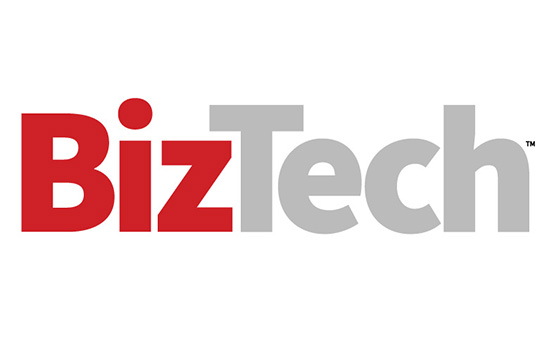1. Adopt a DevSecOps Model
DevSecOps is an offshoot of DevOps, integrating software development, security and IT operations. It enables security testing earlier in the software development lifecycle (SDLC) instead of at the end, when it’s far more difficult and costly to address vulnerabilities. This makes its adoption essential, despite its complexity.
“The implementation of DevSecOps requires planning the necessary infrastructure and application security and selecting the right tools at the beginning of the process,” Tal Levi Joseph, vice president of product and engineering for application delivery management at OpenText, tells BizTech. But the results are well worth it. “With proper implementation and the use of AI, the tools and processes will be able to provide better security and make the software development workflow more efficient by automating some steps and security gates.”
This automation is crucial. With it, DevSecOps can integrate security teams into the full SDLC, helping reduce silos among teams and ensuring all security needs are addressed in development — ultimately mitigating software risks and analyzing code before deployment.
2. Leverage Penetration Testing and Automated Security Testing
It’s hard to patch holes you don’t know are there. But by implementing regular security testing, financial institutions can identify and address vulnerabilities before cyberattackers take advantage of them. It’s a crucial practice for reducing risk exposure and mitigating the associated costs — a big win as the average cost of a data breach in the financial sector has surpassed $6 million.
Penetration testing (pen testing) and automated security testing are two valuable assessments to start with.
Comprehensive pen tests — which essentially attack an institution’s people, processes and technology in an attempt to gain access to what should be inaccessible — commonly uncover password weaknesses, gaps in multifactor authentication, privilege access issues and other vulnerabilities. Similarly, automated security testing, including static application security testing and dynamic app security testing, commonly unveil coding, runtime and entry point vulnerabilities that bad actors may try to target.
SentinelOne describes penetration testing as “a stress test for your security defenses,” while vulnerability testing serves as “a routine health check-up of your IT assets.” And they work better together than they do apart. “Organizations that integrate both testing approaches reduce security risks, build resilient defenses against cyberattacks and improve compliance.
Click the banner below to keep reading stories from our new publication BizTech: Financial Services.
3. Establish Security Policies and Privileged Access Management
It’s crucial to have clear security policies in place and to manage privileged access effectively. That means ensuring every access request undergoes strict identity verification and validation, and that security is prioritized throughout the development process — something that both Policy as Code and Security as Code can be leveraged to achieve.
PaC allows for easier adoption of software development best practices, along with simpler, automated enforcement of style guides and security standards — such as least-privilege access and other access and user identity management policies — and compliance tracking. Conversely, SaC helps build security in the SDLC and continuously monitor and enforce security policies and compliance via automation.
Because of this, PaC and SaC also make automated security testing less of a hassle, while simultaneously bolstering an organization’s DevSecOps. Financial institutions can further enhance their security posture by using all of these tactics as opposed to choosing just one. CDW experts can help you find the practices that best navigate obstacles in an increasingly complex regulatory and cybersecurity landscape.
“Digital transformation initiatives that align compliance and cybersecurity goals with business objectives are an effective way to bring all these factors together into a cohesive practice,” note CDW experts in a white paper.














